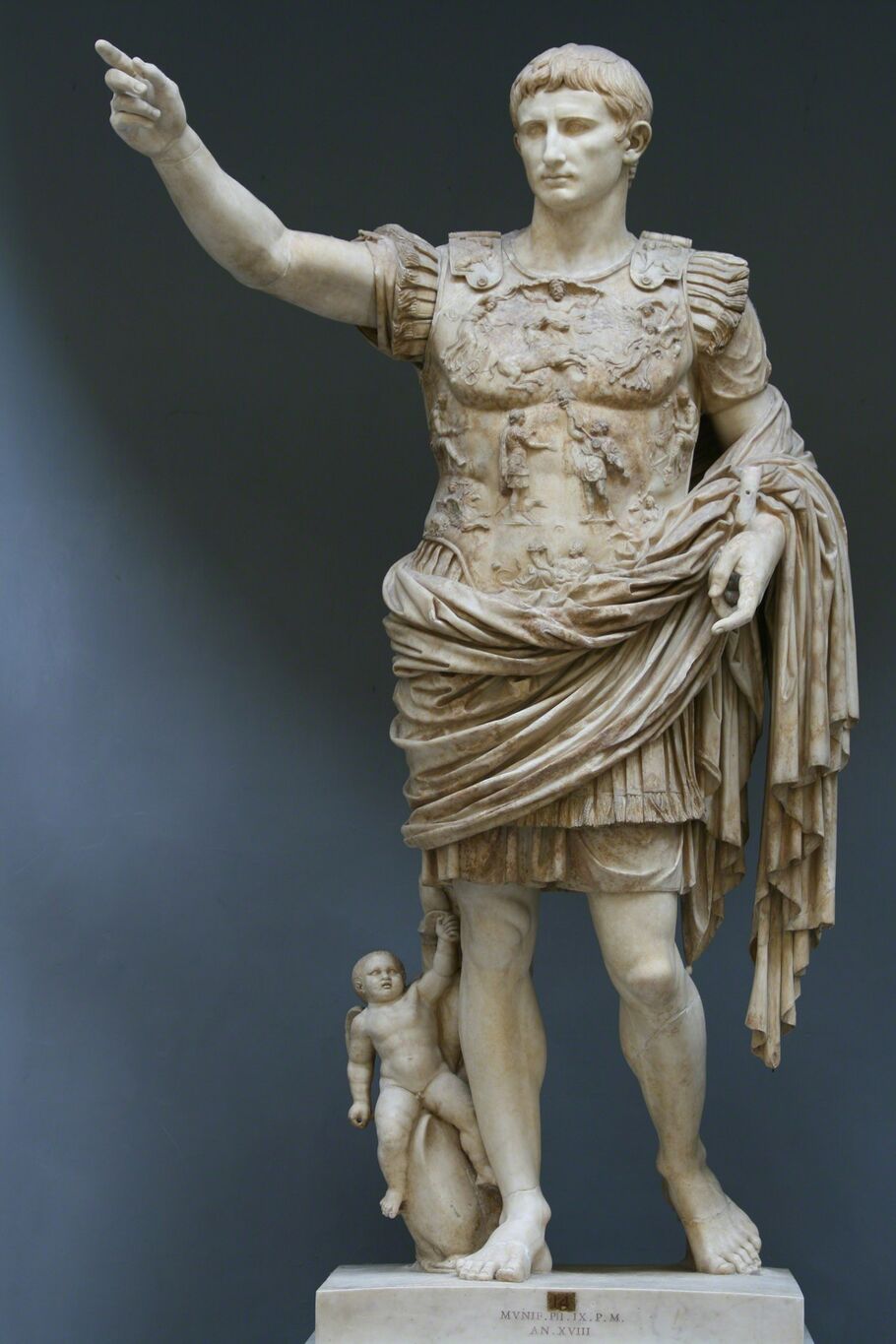The Dying Gaul, an exquisite ancient Roman sculpture, dates back to the 1st or 2nd Century BC, and is a remarkable marble copy of a lost Hellenistic original. It depicts a mortally wounded Gallic warrior, his expression and posture poignantly capturing the pain and nobility of his final moments.

Discovered in Rome in 17th Century CE, this masterpiece is celebrated for its lifelike detail and emotional depth. The sculpture currently resides in the Capitoline Museums in Rome, where it continues to be admired for its powerful portrayal of human suffering and the tragic heroism of the fallen warrior.
#drthehistories






